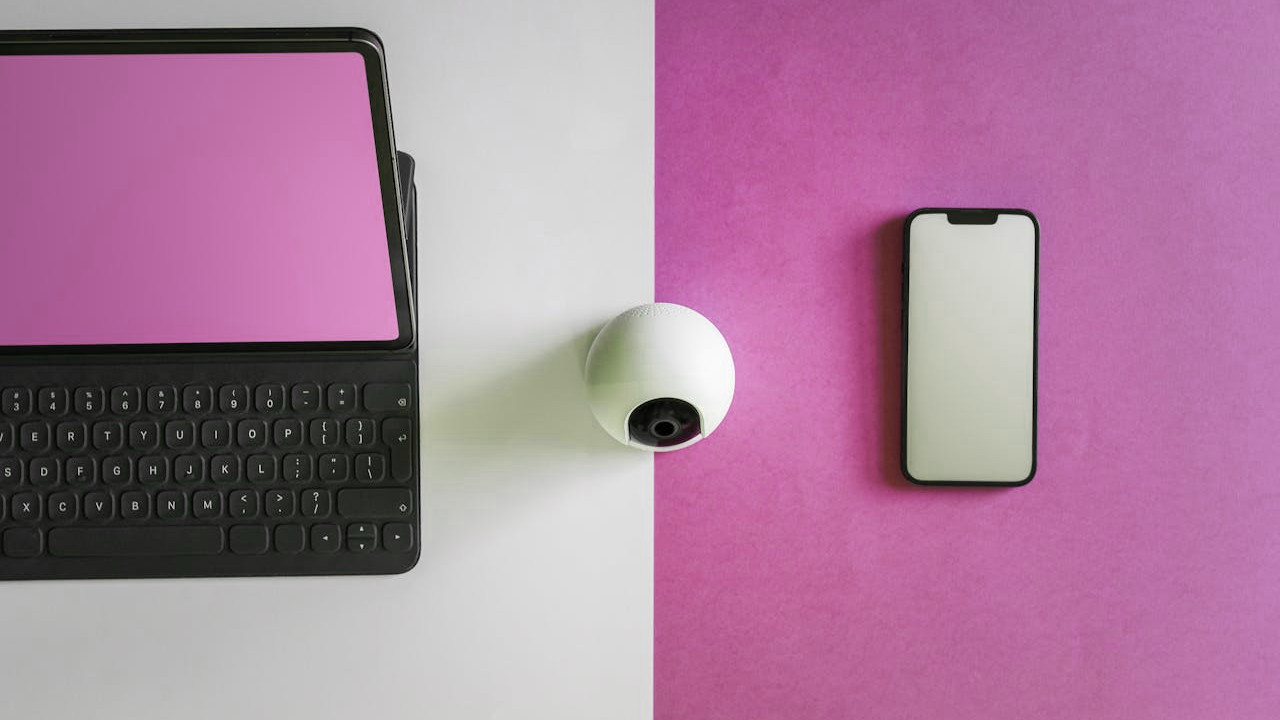What to Expect in the Following Chapters
 Photo by Jakub Zerdzicki on Pexels
Photo by Jakub Zerdzicki on Pexels
In the following chapters, we will show you how you can build your own eye-tracking solution. You don't necessarily have to spend a lot of money: In the best case scenario, you already have everything you need at home.
Experimentation is Key
Unfortunately, there is no one solution that works for every situation. Not only is everyone different, but environmental influences - such as lighting conditions - also play a role. So unfortunately you will have to experiment a little to find the right solution for you. However, we have gone to great lengths to make the software, hardware and our knowledge as accessible as possible. If you still have any questions or suggestions, do not hesitate to contact us.
Structure of the Chapters
If you are new to the subject of eye-tracking and motor neuron diseases, we recommend that you read the chapters one after the other, as they build up your knowledge step by step. Nevertheless, we have made every effort to ensure that the chapters are also easy to read individually.
In the chapter “Basic knowledge", we explain what ALS and motor neuron diseases are, what eye and head tracking is and how it works, and how those affected can benefit from this technology.
In the chapter "The Eye-Tracking Guide", we present the software and devices that can be used to build eye-tracking solutions. We start with simple solutions such as pen and paper and end with ready-made products from major manufacturers.
In the chapter "Software and Hardware in Detail", individual components from the previous chapter are discussed in more detail. This chapter has no fixed order.
And in the chapter "More Eye-Tracking Topics" we present further information, such as a list of forums for exchange, eye-tracking video games, companies, data sets and more.
